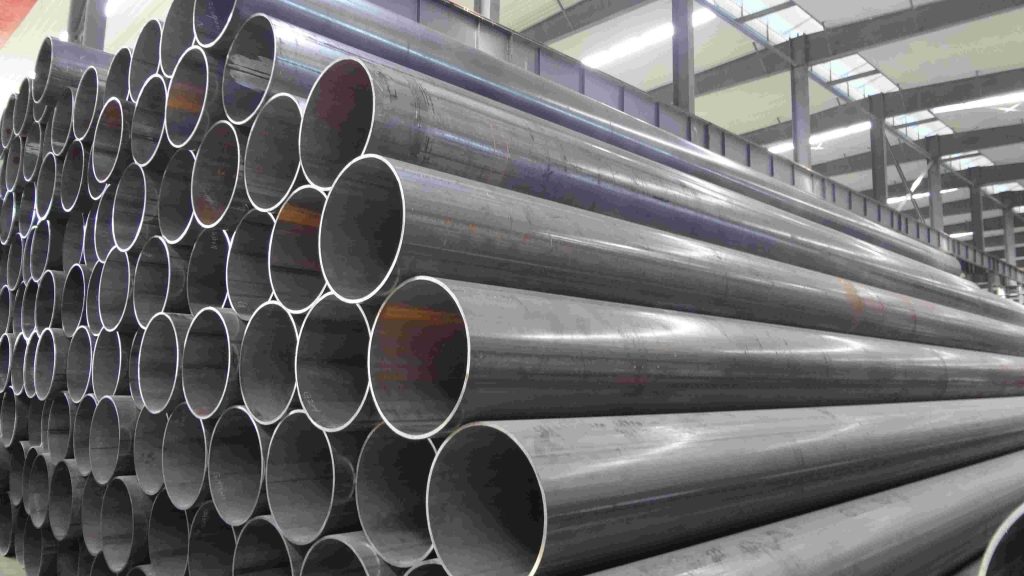Welded steel pipe, also known as seam steel pipe, is generally made of steel plate or steel strip rolled and welded. According to the surface treatment of the pipe, it is divided into galvanized and non-galvanized. The surface galvanized is white, also known as white iron pipe or galvanized steel pipe; the surface is not galvanized, that is, ordinary welded steel pipe, also known as black iron pipe. Galvanized welded steel pipe is often used for pipelines that require relatively clean media, such as domestic water, purified air, instrument air, etc. Non-galvanized welded steel pipe can be used to transport steam, gas, compressed air and condensed water, etc.

According to user requirements, welded steel pipes can be divided into two types when leaving the factory, one is with threads at the end of the pipe, and the other is without threads at the end of the pipe. The length of each welded steel pipe with threads at the end of the pipe is 4 to 9 meters, and the length of each welded steel pipe without threads is 4 to 12 meters.
Welded steel pipes are divided into thin-walled steel pipes, thickened steel pipes and ordinary steel pipes according to the thickness of the pipe wall. The most commonly used steel pipe in process pipelines is ordinary steel pipe, and its test pressure is 2.0MPa. The test pressure of thickened steel pipe is 3.0MPa.
There are many ways to connect welded steel pipes, including threaded connection, flange connection and welding. Flange connection is divided into threaded flange connection and welded flange connection, and welding methods are divided into gas welding and arc welding.
The specification range of commonly used welded steel pipes is nominal diameter 6~1500mm.

